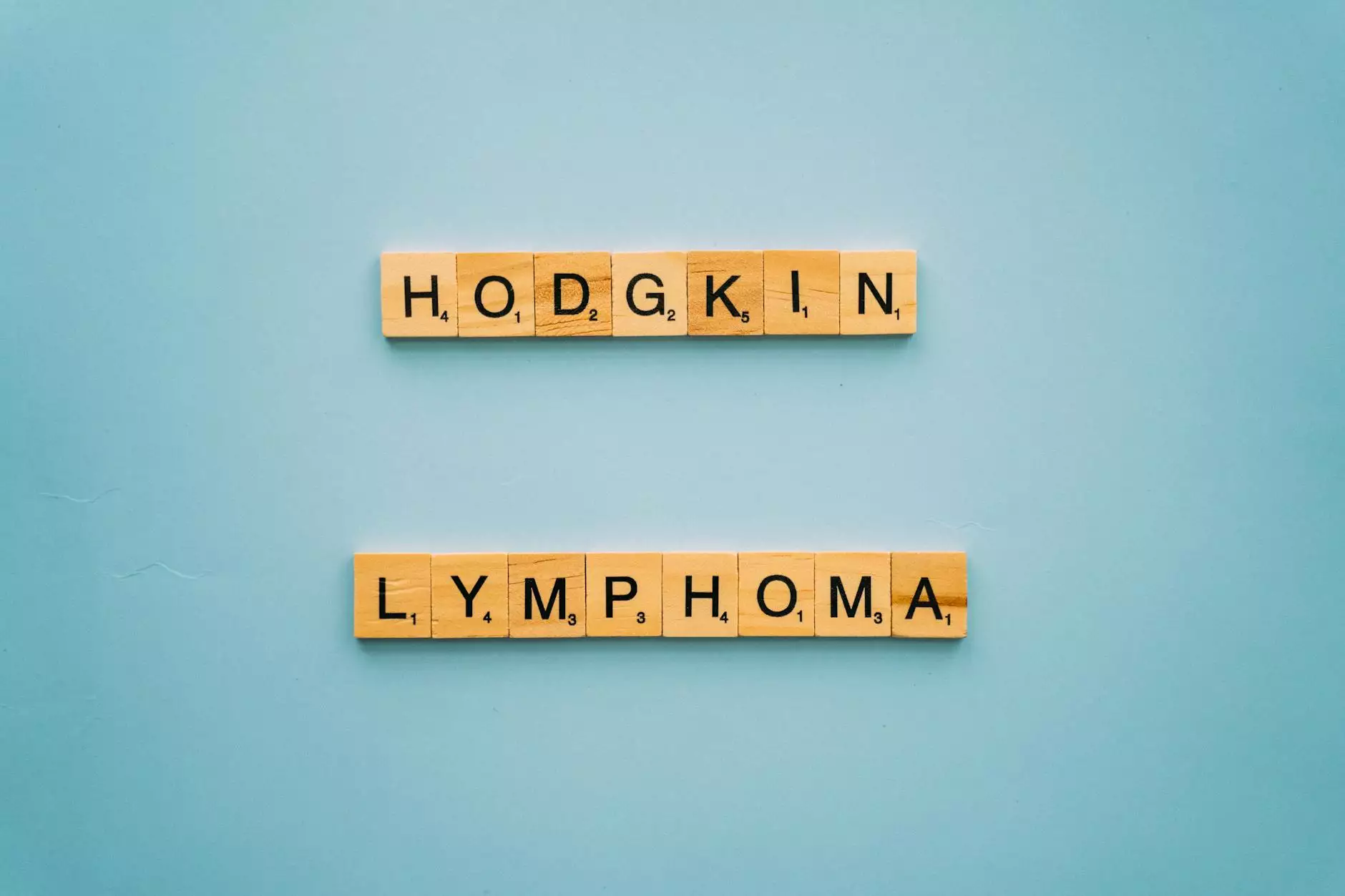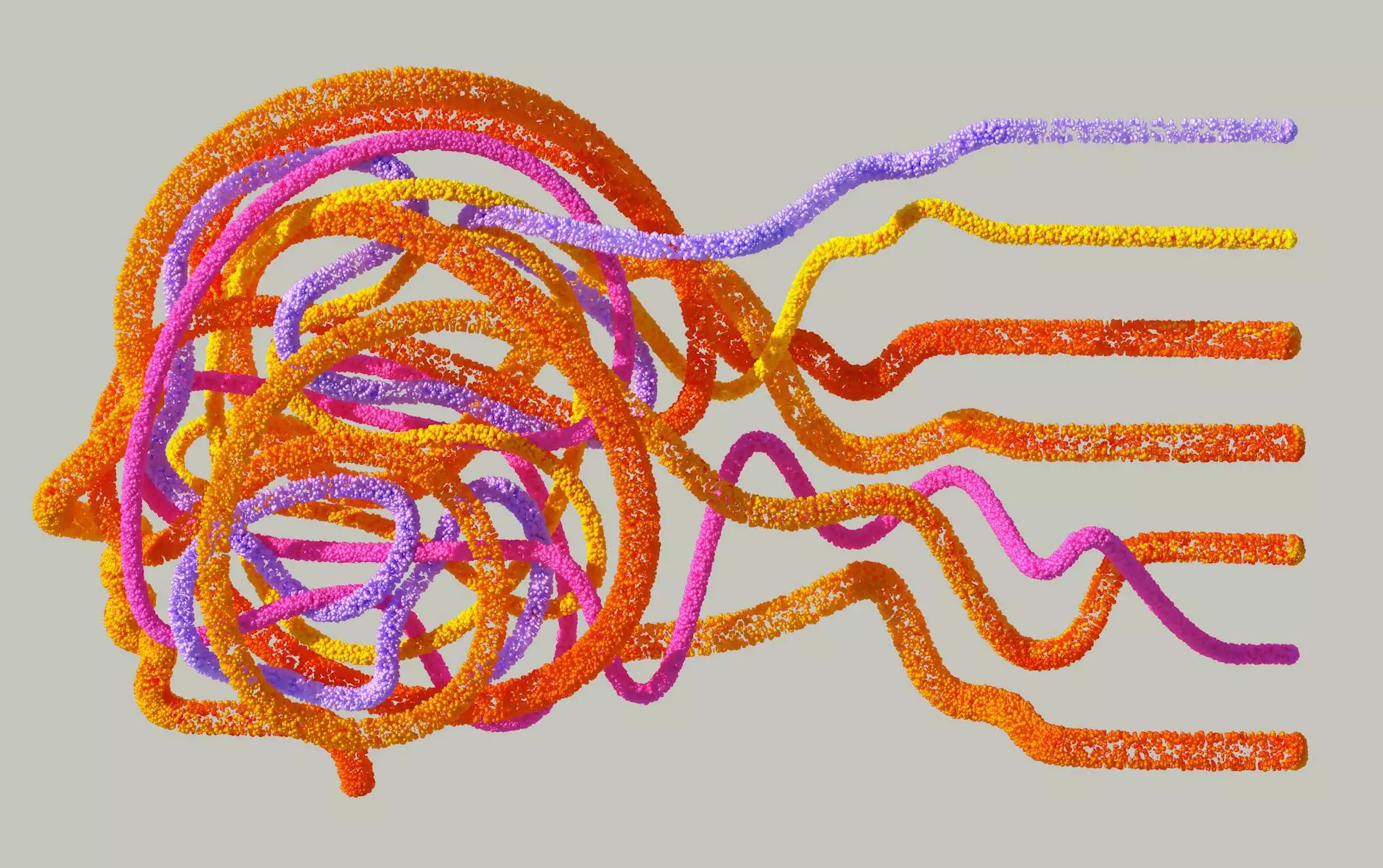Understanding Blood Clots in the Inner Thigh: Causes, Symptoms, and Treatments

Blood clots in the inner thigh can be a serious health concern, often leading to significant complications if not addressed promptly. As we delve into the intricacies of this condition, we aim to illuminate every aspect—from the causes and symptoms to the treatment options available. This extensive guide is designed not only to inform but to empower you with knowledge about your vascular health.
What Are Blood Clots?
A blood clot is a mass formed by platelets and fibrin in the blood, which serves to prevent bleeding when injuries occur. However, clots can occasionally form within the blood vessels, leading to either partial or complete blockage. This can result in varying degrees of complications, especially when they occur in critical areas such as the inner thigh.
Understanding Deep Vein Thrombosis (DVT)
Blood clots that form in a deep vein, often in the thigh or leg, are referred to as Deep Vein Thrombosis (DVT). DVT is a common yet serious condition due to the risk it poses for moving clots that may travel to the lungs, causing a pulmonary embolism. Thus, awareness and early recognition are crucial.
Causes of Blood Clots in the Inner Thigh
Various factors can lead to the development of blood clots in the inner thigh:
- Immobility: Long periods of inactivity—such as during long flights or bed rest—can impede blood flow, increasing the risk of clot formation.
- Age: Individuals over 60 years are at higher risk due to natural changes in blood circulation.
- Obesity: Excess weight can put pressure on veins, slowing down blood flow and increasing clot risks.
- Medical Conditions: Certain conditions, such as cancer, heart disease, and genetic disorders affecting blood clotting, can predispose individuals to DVT.
- Medications: Hormonal treatments, including birth control pills and hormone replacement therapies, can elevate clotting risks.
- Injuries or surgeries: Trauma or surgical procedures can initiate clot formation, particularly during recovery phases.
Recognizing the Symptoms
Being aware of the signs and symptoms of a blood clot in the inner thigh is essential for early detection:
- Swelling: One leg may swell more than the other, particularly around the thigh.
- Pain or tenderness: This may be felt as a cramp or soreness, often described as similar to a muscle pull.
- Skin Changes: The skin over the affected area may become discolored, turning red or pale.
- Warmth: The area may feel warmer compared to the surrounding skin.
Complications of Blood Clots
If left untreated, blood clots can lead to severe complications, notably:
- Pulmonary Embolism (PE): A condition where a blood clot dislodges and travels to the lungs, which can be life-threatening.
- Post-Thrombotic Syndrome: A long-term complication causing chronic pain, swelling, and potential ulcers in the affected limb.
- Recurrent Blood Clots: Once a clot has occurred, the likelihood of another episode increases, often requiring long-term management.
Diagnosis of Blood Clots
Diagnosing a blood clot in the inner thigh typically involves several tests carried out by healthcare professionals:
- Ultrasound: The most common diagnostic tool uses sound waves to create images of the blood vessels, allowing doctors to detect clots.
- D-dimer test: A blood test measuring the presence of a substance released when a blood clot breaks up, indicating clotting activity.
- CT or MRI scans: In more complex cases, imaging technologies can provide comprehensive views of the vascular system.
Treatment Options Available
Effective treatment for blood clots is crucial to prevent further complications. Treatment strategies may include:
1. Anticoagulants
Also known as blood thinners, these medications decrease the blood's ability to clot, preventing further clot formation and reducing the risk of embolism. They include:
- Heparin: Administered via injection and effective during hospitalization.
- Warfarin: An oral anticoagulant requiring regular blood monitoring.
- Direct Oral Anticoagulants (DOACs): Newer, often preferred oral medication requiring less monitoring.
2. Thrombolytics
In severe cases, thrombolytic therapy may be used to dissolve clots more quickly, delivering potentially life-saving benefits.
3. Compression Stockings
Graduated compression stockings can improve blood circulation in the legs and reduce swelling, effectively managing symptoms and preventing complications.
Preventing Blood Clots
Preventative measures are crucial, especially for individuals at higher risk. Consider the following strategies:
- Stay Active: Regular physical activity promotes healthy blood flow.
- Hydration: Adequate fluid intake helps maintain blood viscosity.
- Wear Compression Garments: Especially during extended travel or inactivity.
- Follow Medical Advice: Particularly if you have underlying conditions or are on medications that affect clotting.
When to Seek Medical Attention
It's imperative to seek immediate medical attention if you experience symptoms indicative of blood clots. Early intervention can mean the difference between a manageable condition and a life-threatening situation.
Conclusion
Blood clots in the inner thigh can pose significant health risks, but with knowledge and awareness, they can be managed effectively. By understanding the causes, recognizing the symptoms, and knowing the treatment options available, individuals can take proactive steps toward safeguarding their vascular health. At Truffles Vein Specialists, we are committed to providing comprehensive care and support to those affected by vascular conditions. Don't hesitate to reach out for a consultation or to discuss your concerns regarding blood clots.
blood clot in inner thigh








